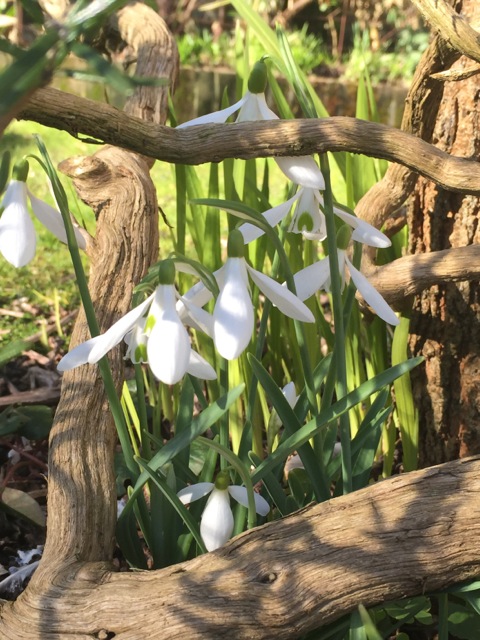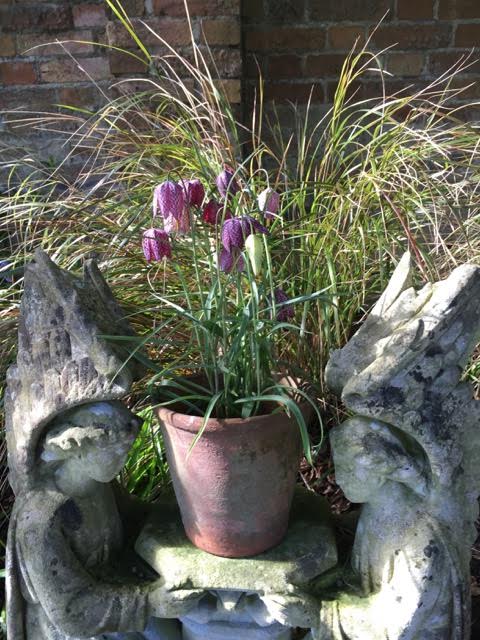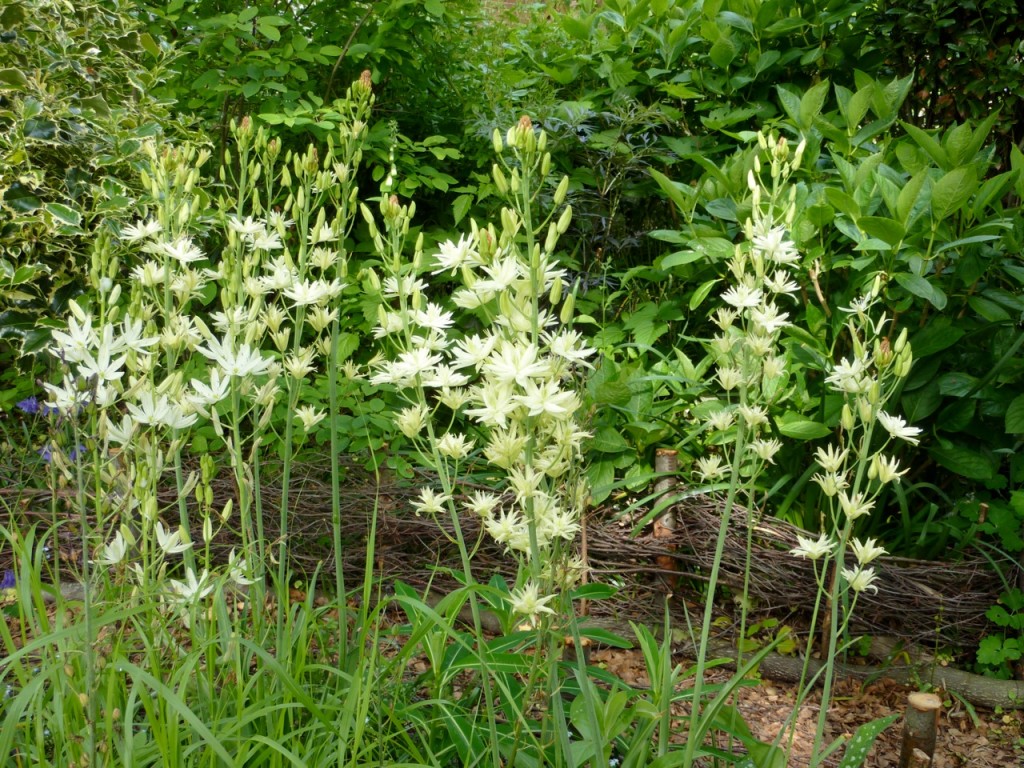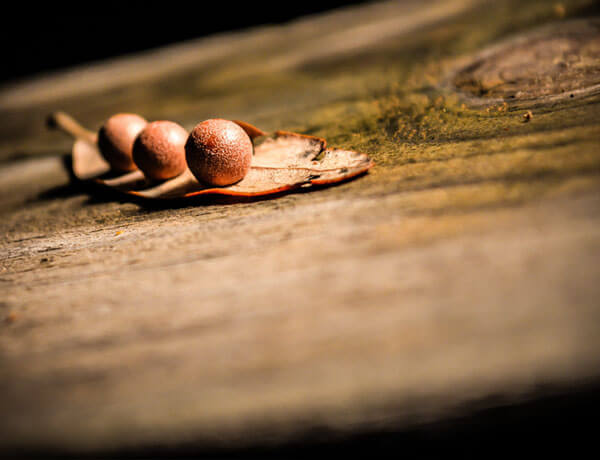-

Get That Wild Flower Look
10th April 2016 • Timely Advice • Stephanie DonaldsonBulbs can be naturalised in grass or in borders to make them look like wild flowers. The usual thing to do is to plant carpets of a single coloured daffodil or crocus, but if you choose a number of different species the result will look far more ‘natural’.

Snowdrops spread rapidly making them ideal for naturalising, but they are best planted ‘in the green’ which means dug up and transplanted after flowering. Planting them from bulbs at this time of year is not recommended.
The Star-of-Bethlehem, Ornithogalum nutans, also spreads quickly and can be planted as bulbs in the coming weeks. The silvery white star shaped flowers have a green backing and they do well in light shade under trees. At about 25cm tall they can make quite an impact.
For heavy, damp soils the summer Snowflake, Leucojum aestivum, looks a bit like a massive snowdrop, reaching 60cm high. There’s also an even bigger variety which is quite easy to get hold of, called L. a. ’Gravetye Giant’.
 Snakeshead fritillaries, Fritillaria meleagris, like the same heavy damp soils. In April and May, they produce nodding heads of delicate looking flowers in purpley maroon and, less frequently, white. For some reason, they’ll either love or hate your garden; there doesn’t seem to be much middle ground with them.
Snakeshead fritillaries, Fritillaria meleagris, like the same heavy damp soils. In April and May, they produce nodding heads of delicate looking flowers in purpley maroon and, less frequently, white. For some reason, they’ll either love or hate your garden; there doesn’t seem to be much middle ground with them.
Cream camassias flower later than the blue
Also flowering through late April and May are the Camassias which have star shaped flowers in spikes. The best for naturalising is the deep blue Camassia quamash, but cool years make them flower less well the following spring. One drawback is that you can’t cut the grass until the seed ripens at the end of July or they won’t spread.

Chionodoxa at the Cholmondeley Plant Fair
The Glory of the Snow, Chionodoxa, grows to about 15cm and has star shaped flowers in blue, pink or white. It needs a well drained fertile soil and although it will grow in sun, it tends to get a bit fried, so it’s best to plant it in some shade. Chionodoxa forbesii has blue flowers, C.f.’Pink Giant’ is a soft pink and C.sardensis is a strong blue reminiscent of hardy plumbago.
Bulbs can be naturalised in borders and woodland but by far the most popular setting is in grass. Once in, the bulbs can be left alone to spread and increase by seed or offsets – your patience will eventually be rewarded with a carpet of colour. You need to make sure that you either use bulbs that come up before the grass starts growing in spring or later flowering species which can then compete with grass. One way to naturalise bulbs is to throw them randomly onto the grass: Take one of those hand held bulb planters which in theory extracts a core of turf and soil, then spend days crawling round on your hands and knees… Fortunately, there is a better way.
- First you need to mow the grass so that it is still fairly short when the bulbs come up in spring. Next cut an ‘H’ shape into the ground about 5cm deep using a spade, or half moon edger which tends to be a little more accurate.
- Hold back the turf on either side and,depending on what types of bulb you will be planting, fork over and remove some of the soilif necessary. As a general rule, smaller bulbs like crocus will need 5cm of soil above their tips and larger bulbs will need 10cm.
- Throw a handful of bulbs into the hole and plant them where they fall, so that you don’t end up with evenly spaced bulbs in straight lines.
- Make sure each bulb is the right way up. Very gently rotate it to settle it into the soil and get rid of any air gap underneath. Don’t, however, force the bulb into the earth because it may get damaged.
- Put any soil which was removed back into the hole and fold back the flaps of turf. Gentle tread down the turf but don’t stamp on it.
- Don’t mow the grass for at least six weeks after the flowers have faded to allow time for them to build up their nutrient stores for the coming winter. This will ensure a dramatic display every year.
This article was provided by Mike James working together with friend and multi award winning landscaper Andy Sturgeon. Images provided by and edited by Stephanie Donaldson.









